In the oral care industry, reports of pulp irritation coupled with allergic reactions during whitening or cleaning treatments are increasingly concerning. While these two issues often appear independently, their combined occurrence raises critical safety questions. Does this combination indicate a product emergency? Let’s explore the root causes and manufacturing solutions.
Pulp irritation refers to inflammation or discomfort of the tooth’s inner pulp tissue. It generally results from:
Pulp irritation leads to sharp pain or lingering sensitivity, often indicating compromised enamel or dentin barriers.
Allergic reactions during oral treatments can manifest as gum swelling, redness, itching, or even systemic responses such as rashes. These reactions typically stem from:
When combined with pulp irritation, allergic symptoms may be misdiagnosed as general oral discomfort, delaying proper intervention. Company web:https://www.powsmart.com/product/electric-toothbrush/

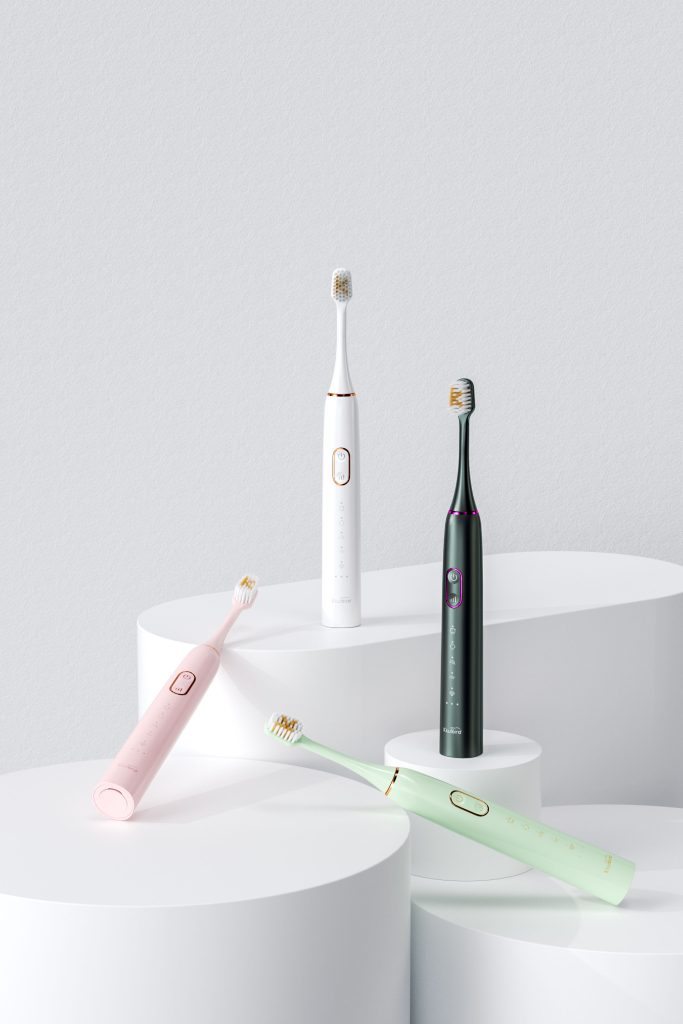
Although pulp irritation and allergic reactions are distinct phenomena, they can be linked by:
In defective products, co-occurrence indicates a multi-level quality failure, from formulation to material selection.
In clinical terms:
Their combination, while not always life-threatening, constitutes a medical safety risk requiring immediate action:
Thus, manufacturers should treat such reports as emergency-level customer complaints.
Preventing pulp irritation and allergic reactions demands:
Such measures ensure user safety while strengthening product compliance and reliability.
Ignoring the combined risk of pulp irritation and allergic reactions leads to:
Proactive formulation optimization and material safety verification protect both users and manufacturers from preventable harm.
Is the combination of pulp irritation plus allergic reactions an emergency? In B2B terms, yes. It signals a multi-source safety defect requiring urgent formulation review, material auditing, and process correction. Leading brands must take a zero-tolerance stance on these co-occurring defects to protect consumer health and market credibility. Contact us
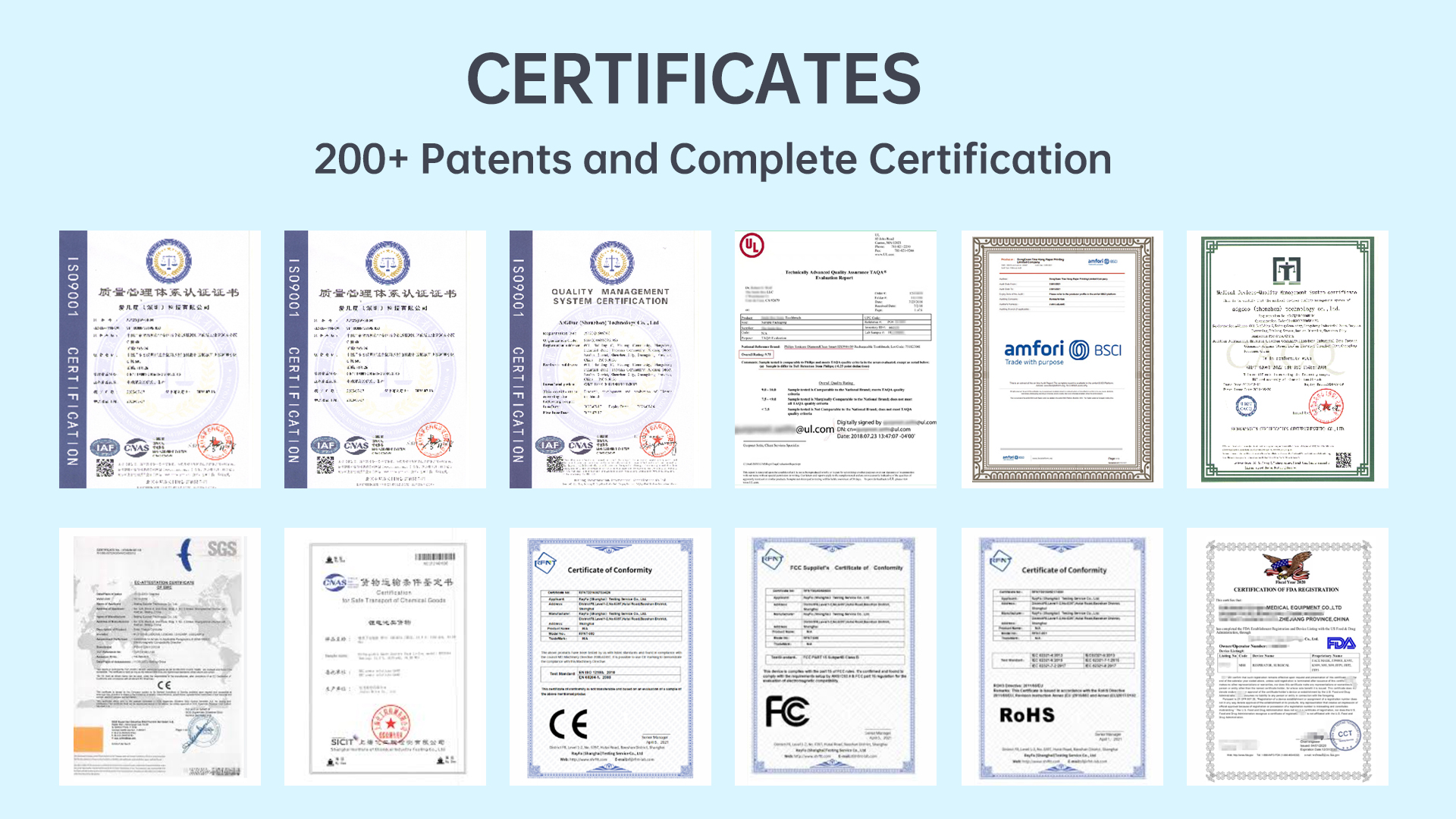
How to Choose an Electric Toothbrush Factory for Superior Cleaning Power?

Benefits of Selling Complete Oral Care Routine Products
Oral Ulcers Fluorosis aggravation? Whitening Device Contraindications!
Tray Warping with Switch Corrosion – Time to Replace?
Chicago Black Friday: Best Electric Toothbrush Deals
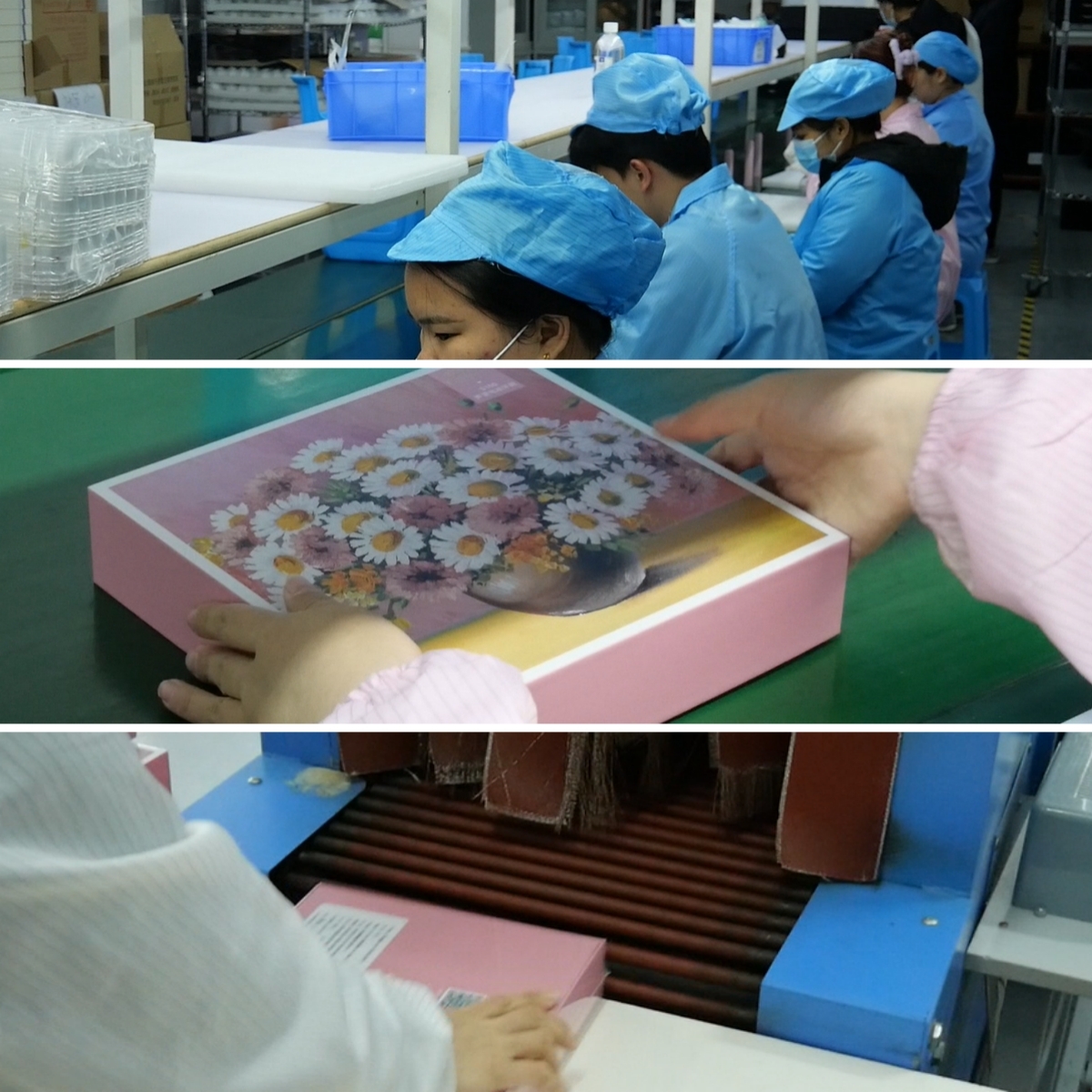
The Workmanship of Electric Toothbrushes
Why Does Your Electric Toothbrush Have Battery Corrosion Issues and Charging Base Failure?
Over-Bleaching Effects from Whitening Effectiveness Claims?
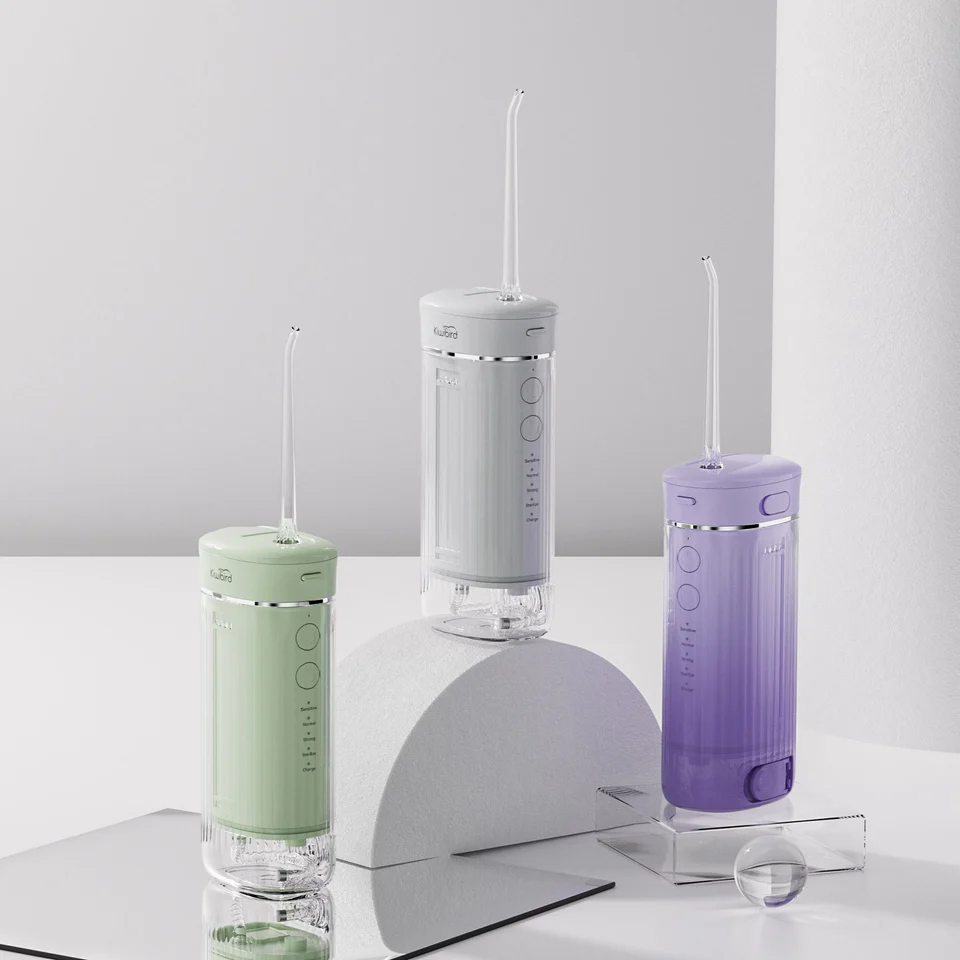
Tips for Preventing Mold in Water Flosser Tanks
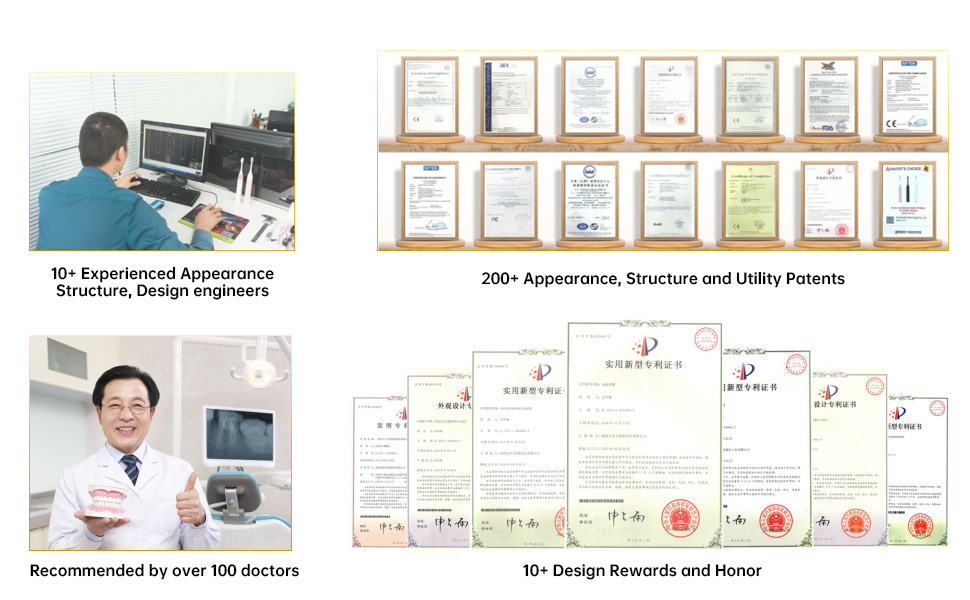
How to Build a Successful Water Flosser Brand?
.jpg)
Texas Electric Toothbrush – Powsmart PTR-C8 Long Battery

What is the Technical Core of an Electric Toothbrush?
.webp)
Choosing a Smart Toothbrush Manufacturing Partner?
.jpg)
Does It Include Comprehensive Toothbrush Design Services?
Water Flosser Energy Saving & Batch Tracking: Enhancing Efficiency and Quality Control

Beginner’s Guide to Water Flosser Pressure Settings

Customization Teeth Whitening Gel

electric toothbrush heads Ultra Soft

electric toothbrush heads Regular Clean

electric toothbrush heads Deep Clean

Electric toothbrush heads Charcoal Infused-Diamond

Private Label Whitening Gel
.jpg)
Florida Electric Toothbrush – Powsmart PTR-C8

electric toothbrush heads Charcoal Infuse-Round
whstapp
whstapp
National Toll-Free Service Hotline
+86 755 86238638